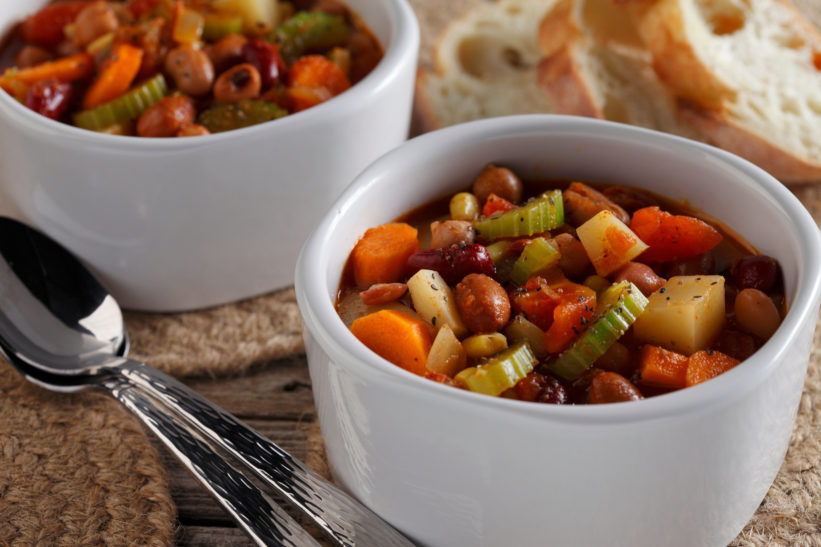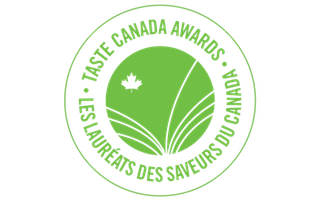Featured Ingredient: Ontario Beans are versatile and good for you
Share
Ontario-grown beans are a cost-effective pantry staple that offer Canadians a tasty source of healthy fibre and endless recipe options.
Good for you! Anyone looking to buy Canadian food products, economically expand their meal options and meet their recommended daily amount of dietary fibre need look no further than Ontario-grown beans.
Ontario Bean Growers(1), a not-for-profit organization that represents the interests of farmers who grow dry, edible beans in Ontario, provides insight into the value of beans through its ontariobeans.on.ca website.
There are approximately 1,200 farmers growing beans in Ontario, with 80 to 90 percent of their bean crop being exported to countries including the United Kingdom, Mexico and Japan.
Types of Beans
While there are hundreds of types of beans, Ontario growers focus on eight types.
White beans (also known as pea or navy beans), Black turtle beans (also known as black beans or pretos), Dark red kidney beans, Light red kidney beans, White kidney beans, Cranberry beans (also known as romano and speckled sugar beans), Adzuki beans and Otebo beans.
White beans, Dark and Light red kidney beans are savoury ingredients for hot dishes such as soups, stews, stir-fry recipes and chili, and are just as tasty in cold dishes such as salads and cold bean casseroles. Canadians are very familiar with making baked beans using White beans.
Mashed White kidney beans can serve as the basis for many dips and spreads.
Black turtle beans are great for Mexican-style dishes, such as refried beans and burritos or Caribbean dishes such as Cuban black beans and also rice and beans.
Adzuki beans are mainly for use as confectionery items, while Otebo beans are a specialty product exported for use in making confectionery paste, although they too can be used in hot dishes such as chili.
Bean are sold dried, or pre-cooked in cans. They are mechanically harvested, meaning that dried beans should be picked through carefully prior to use to remove and discard any stones or cracked beans. Additionally, dried beans need to be soaked for about 8 hours or boiled for 2 or 3 minutes, removed from heat, covered and left to soak for at least one hour, prior to eating or adding them to other dishes.
Canned beans are typically packed with salted water. They can be used immediately, but should be rinsed with fresh water to remove as much salt as possible.
Good for you – Good for the planet
Health Canada(2) advises that “Canadian women need 25 grams of fibre per day and men need 36 grams of fibre per day. Most Canadians are only getting about half that much.”
Serving a helping of cooked beans with a meal or adding beans to soups, rice and salads can help Canadians meet their daily need for fibre.
3/4 of a cup (175 ml) of cooked or canned beans is one serving, which is about the size of a tennis ball, according to Dietitians of Canada(3).

About the Author
Tracey Mosley
Tracey Mosley is a Certified Master Food Preserver and registered Canadian Trademark Agent







